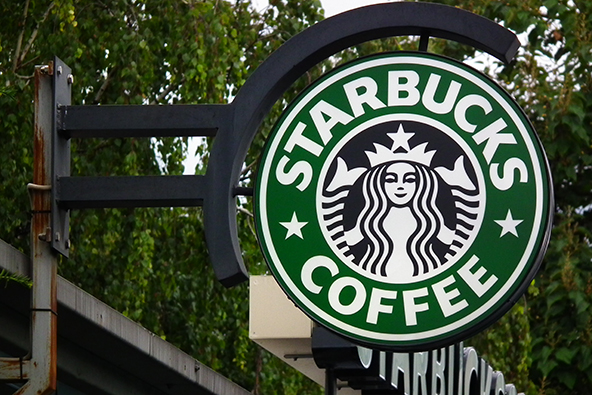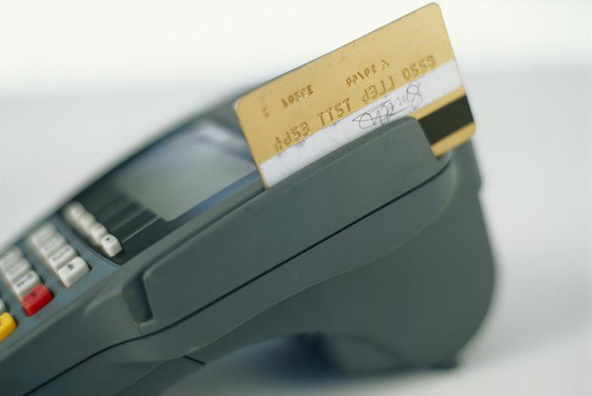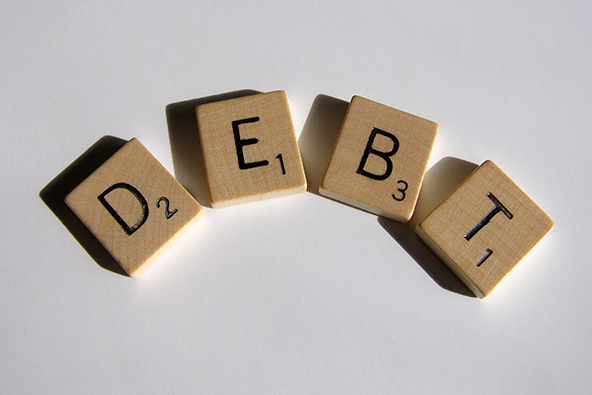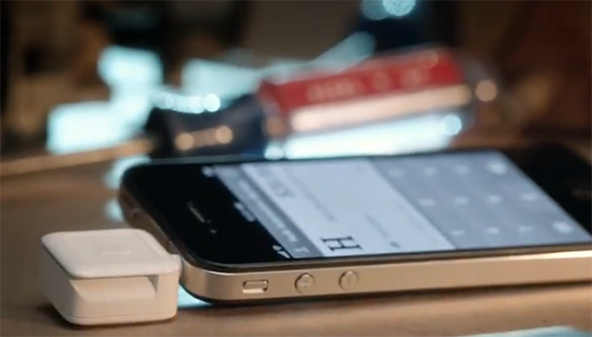Fun, Geolocation and the Starbucks Way to Mobile Payments

I love Starbucks! I am a loyal customer and rarely miss a chance to get my latte or cappuccino whenever I walk by one of their stores here in Boston or drive by one elsewhere. I’m not old enough to know how America looked like without Starbucks, but I’m just old enough to remember how bad coffee used to be even a mere decade-and-a-half ago, well into the Starbucks age. A testament to the coffee chain’s success is that now even McDonald’s feels forced to serve drinkable coffee!
Apart from bringing the standard of American coffee (almost) up to European levels, I’m hugely grateful to Howard Schultz for creating the characteristically inviting and relaxed atmosphere of his stores that I and many, many millions of other coffee lovers (and Starbucks employees) find so irresistible. So much so that many people practically live there. In fact, I have a friend who runs a fast-growing technology company from a Starbucks store in Boylston St. in Back Bay.
On the other hand, I do have my issues with Starbucks’ approach to mobile payments. Not because it is not successful – on the contrary, Starbucks’ mobile payments strategy is by far the most successful one presently employed by a U.S. retailer. My gripe is that it greatly limits its users’ payment choices. But I’ve already written about all that. In this post I’d like to say a few words about the value that mobile payments bring to Starbucks itself. And it’s about much more than the appearance of being cool and up-to-date.
Mobile Payments the Starbucks Way
MSN Money’s David Hatch has a good piece about the motives behind Starbucks’ foray into mobile payments’ territory, with which I agree. He begins by quoting Adam Brotman, Starbucks chief digital officer:
A lot of our customers have their phone in their hand when they come into our store. We knew that customers were increasingly more mobile — were increasingly using their phone as a primary computing device.
But many others have made this observation as well and yet, Starbucks is the only major retailer that has been able to take advantage of this trend. To explain how they’ve done it, Hatch recruits the help of a couple of experts:
“They’ve really enhanced the customer experience at point of sales,” says Den??e Carrington, senior analyst with Forrester Research. “There’s an element of fun” that happens when people pay with mobile phones, explains Carrington, who expects other companies to follow Starbucks’ lead with similar initiatives.
I agree. The customers are attracted to the coolness of the thing. The company claims that mobile payments are processed faster than other payment methods, but I am not convinced. I’m always using my credit card at Starbucks and a payment has never taken more than a few seconds to process. More importantly for the company, mobile payments are much less costly to process than credit cards, because Starbucks’ mobile app requires users to open up a Starbucks-issued prepaid card, which is the only payment method that is allowed. But there is much more than processing fees that Starbucks is after.
What’s in It for Starbucks?
Here is how Hatch answers this question:
Beyond adding convenience and limiting credit card fees, the mobile app provides Starbucks valuable data that it can use for analytics and marketing. With customers’ permission, Starbucks can track their whereabouts using geolocation software on their phones to alert them when they’re within walking or driving distance to one of its stores. Customers can also opt to receive updates from the company via email and text message. Starbucks even monitors which items people are consuming — or due to lack of sales, avoiding — and responds accordingly. “It’s definitely a research tool,” the spokeswoman says.
I agree. It’s all about the customer data and connectivity. Now, I wouldn’t give Starbucks my personal information, nor would I want to be getting a text message every time I walked by one of their stores, but plenty of customers have done it already and many others are joining them every day when they download the app.
The Takeaway
As Hatch reminds us, the coffee chain has built a vast and loyal customer base:
Starbucks also claims to be among the most-liked brands on Facebook, among the most-tweeted brands on Twitter, and the most popular retail destination for users of Foursquare, a site that allows people to share their locations.
It would make sense to try to keep things that way. However, at some point or other, Starbucks is bound to find itself dealing with privacy issues related to its m-payments program and these are never easy to solve (just ask Google or Facebook). I’m sure the company hopes it can manage and anyway, the potential benefits are huge and well worth the effort, so inaction is not an option.
Moreover, where would people go if they left Starbucks? Dunkin’ Donuts?
Image credit: Wikimedia Commons.



I love Starbucks mobile app, I only wish I could use it at their drive-thrus. Why can’t they do that?
This is the best example we have of what a well-run mobile payment program can do. Starbucks has done very well with its mobile service by addressing their customers’ needs and making it really fast and simple to check out using only your phone.
Starbucks is great! People go there not just to get a coffee but because they love the vibe in all of its stores. No other coffee shop makes me feel like that and all of my friends feel the same way. So it’s no surprise that their mobile app is doing so well and I expect it will keep doing well.
I wish they had an app for Blackberry, but they are far from being the only company that doesn’t build apps for Blackberry. That’s causing a lot of people to gave up their Blackberries and it makes you wonder why RIM isn’t pushing harder for mobile apps to be built for its phones.
RIM has been going downhill for quite some time, so anyone that hasn’t yet jumped ship and got an iPhone or an Android phone should do it quickly. Otherwise they’ll be left behind, because nobody wants to make apps for Blackberry.
What’s wrong with Dunkin Donuts? And what’s all the hype with Starbucks overpriced coffee. It doesn’t even taste good, it’s burned every time I have it. So I ended up avoiding their stores and am better off from it.
Starbucks coffee isn’t burnt, it’s just that you’re not used to it. You’ve had hot dark colored water for so long that when you finally get some real coffee you think it’s fake. I’ve heard that before though, so you’re not the only one. Anyway, I meant to say that I love the mobile app.
What are you talking about, Dunkin’ Donuts coffee costs just the same as Starbucks. I never get people who complain about how expensive Starbucks is. The regular coffee they sell for just as much as anyone else, maybe a few cents more in some cases. What is more expensive are the specialty drinks, which you don’t have to get if you don’t want to.
What does pricing have to do with mobile apps? If you don’t like the coffee or its cost you won’t buy it, whatever payment method you may be using. We are talking here about mobile checkout for Starbucks customers, not for everyone.
This “burnt taste” thing is just a myth but it’s so widespread that a lot of people have come to believe it. Just as with everything else, when you keep repeating something eventually you start believing it. In the case of Starbucks you have to not be a customer to believe it. And I thing Jim C. is one of them
I agree that mobile checkout doesn’t save any time. Even if it is a couple of seconds faster, you still have to wait for your coffee to be ready, so it makes no difference whatsoever.
Starbucks is trying to close the loop by making us buying their coffee using their prepaid cards and the mobile app is just the medium that facilitates the process. By doing so, they not only immediately increase their profits by getting the transaction fees, but also collect data about their customers that can later be used for various targeted ads. It’s a good strategy for them, but I want no part of it.
And why are targeted ads a problem? If you get a text with a discount for the type of frappuccino or whatever it is you may be drinking, how is that bad for you. And anyway, if you don’t like it, I’m sure you can opt out of it. No need to be so concerned.